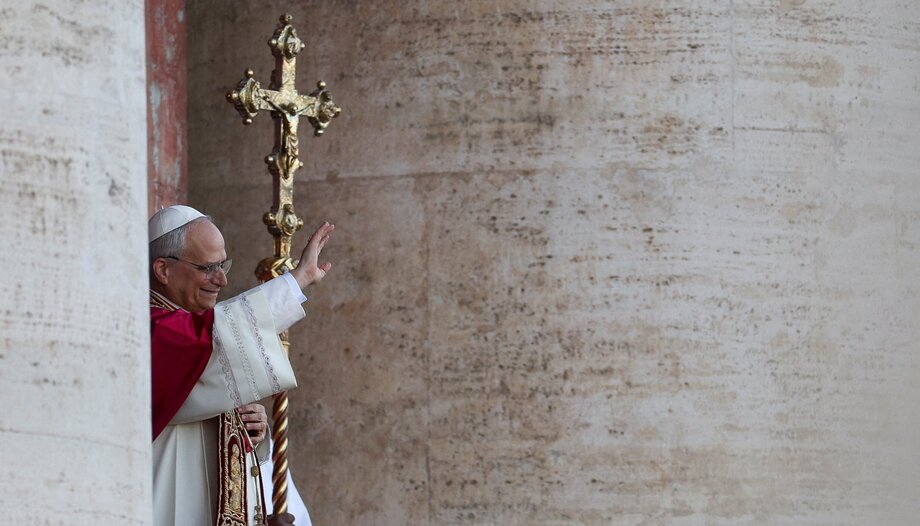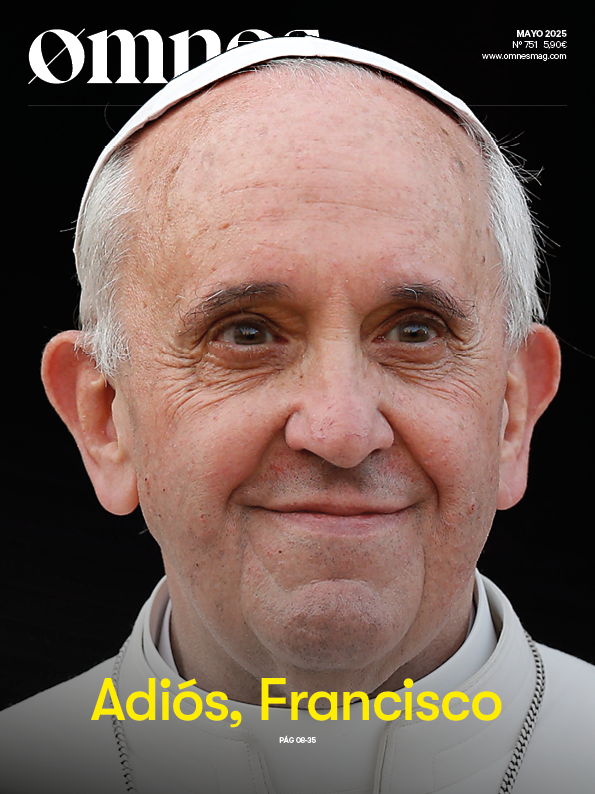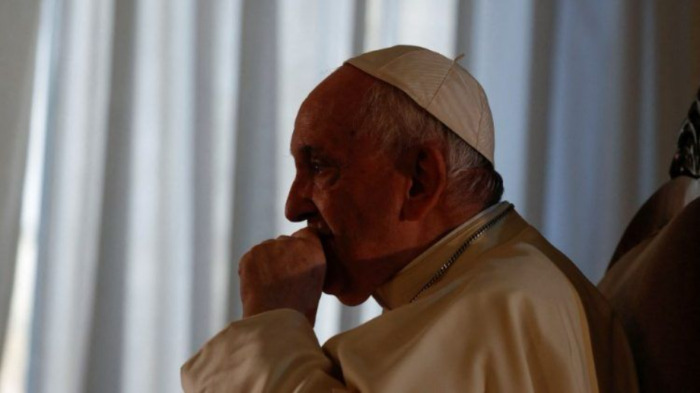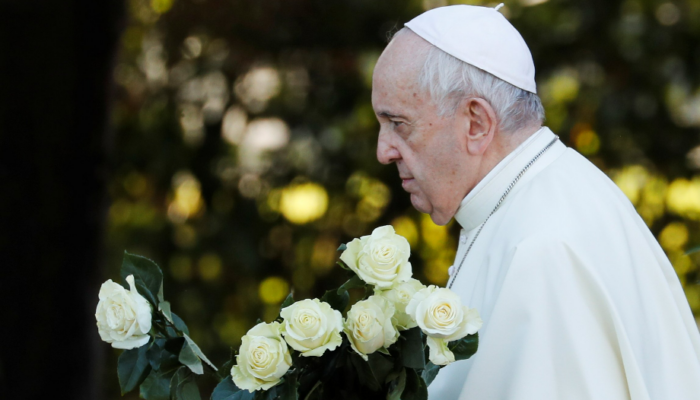In his first public appearance, the new Pope Leo XIV did not need grand gestures to make clear the direction of his pontificate. One word was enough: peace. That was the first word he uttered when addressing the world, a deliberate choice that did not go unnoticed.
The name as a compass of the pontificate
Adopting a new name when assuming the ministry of Peter is not the fruit of a whim, but the result of a tradition with deep historical roots. Its origins date back to the 6th century, when Pope Mercury, wishing to avoid pagan resonances, took the name John II. The custom took hold between the tenth and eleventh centuries, especially with examples such as that of Peter, who in 1009 chose to call himself Sergius IV to avoid identifying himself directly with St. Peter. Since the mid-twentieth century, moreover, the pontifical name has acquired a programmatic value: a first sign of the style, inspiration and pastoral orientation that will mark a pontificate.
Leo XIV, until now the Cardinal Robert PrevostIn his choice of name and in his first words, he has made a declaration of intentions and has wanted to emphasize from the outset that his mission will be that of a shepherd of bridges. His vision is that of a united Church that reaches out to the world to heal wounds, serve those most in need and build common paths based on faith and reason.
The weight of the name
The choice of the name Leo XIV, unpublished since 1903, does not respond to a simple historical evocation, but to a clear commitment to the living tradition of the Church. This name places the new Pope in the wake of figures such as Leo I the Great, a symbol of doctrinal unity and pastoral courage in troubled times, and Leo XIII, a pioneer in applying the Gospel to the social challenges of modernity.
By adopting this name, Leo XIV not only honors this legacy, but updates it in a contemporary key. Like Leo I, he wants to offer a clear voice in the midst of the storms. Like Leo XIII, he wants the Church's social doctrine to remain an ethical compass in the midst of injustices, especially today, in the face of phenomena such as forced migration, global inequality and environmental degradation.
An embracing Church
One of the most significant moments of his first address was the image of St. Peter's Square with open arms: this is how Leo XIV understood the role of the Church in today's world. A Church that resembles that square, where there is room for everyone, and that knows how to receive with tenderness those who arrive wounded, confused or excluded.
Far from a self-referential Church, the new Pope has proposed a missionary, dialoguing, profoundly human community, where Christian love is not just an ideal, but a real experience. He wants the Church to go out of its visible limits, without fear, to accompany those who need it most: the poor, those who doubt, those who seek.
Unity for a broken world
In an ecclesial and world context marked by fractures, Leo XIV insisted on the urgency of walking together. Not from imposition, but from shared fidelity to Christ and to the Gospel. His insistence on unity is not a slogan, but a conviction: the witness of a Church reconciled with herself is indispensable for the world to believe that peace is possible.
That peace, he suggested, is not the one offered by geopolitical balances or cold diplomacy, but the one born of sincere encounter, respect for the other, justice lived and not only preached. In this sense, he pointed to a Church that actively collaborates in the promotion of human rights, global solidarity and the dignity of each person..
Grateful continuity
At all times, Leo XIV showed his gratitude to his predecessor, Pope Francis, whom he recognized as a reference of courage and mercy. He did not want to mark ruptures, but to prolong a process. Synodality, attention to the peripheries, closeness to the discarded: all this is also part of his pastoral horizon.
Leo XIV does not present himself as a solitary reformer, but as the first of a community on the way. He asked for prayer, not to support his figure, but to support together a mission that belongs to all.
A pontificate with a human face
From Latin America, through Africa and Asia, many have seen in his words a light that can help heal fractures and build alliances in a worn-out world. His is a spiritual proposal, but also a social, cultural and profoundly ethical one: to be bridges like Christ, light of the world and reconciler of humanity.
This new pontificate begins not with grandiloquent promises, but with a gesture and a name that say much more than a thousand speeches: Leo XIV, not as a roar of power, but as a voice of peace.
Summary of the message at the beginning of the pontificate of Leo XIV
- He began his pontificate with a greeting of peace - "Peace be with you" - evoking the Risen Christ. Throughout his message, he insisted on a humble and persevering peace, and called for building bridges of dialogue and encounter among peoples.
- He expressed his deep gratitude to the Pope Francis’He described him as a "weak but always courageous voice" and pledged to continue his spiritual legacy.
- He stressed the need for a A missionary Church, open and welcoming, like St. Peter's Square: with arms always ready to welcome everyone, especially those most in need.
- He insisted on the unity of the people of God, encouraging them to walk together in fidelity to Christ and to proclaim the Gospel without fear. He recalled that only Christ is the true bridge between God and mankind, and invited everyone to be a light for the world.
- He concluded by asking for prayer for his mission, for the Church and for peace in the world, entrusting this prayer to the Virgin Mary.
Doctor of Canon Law








